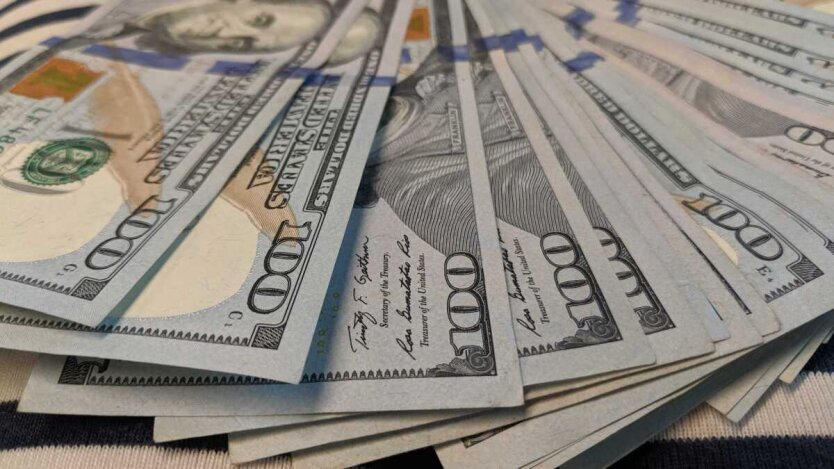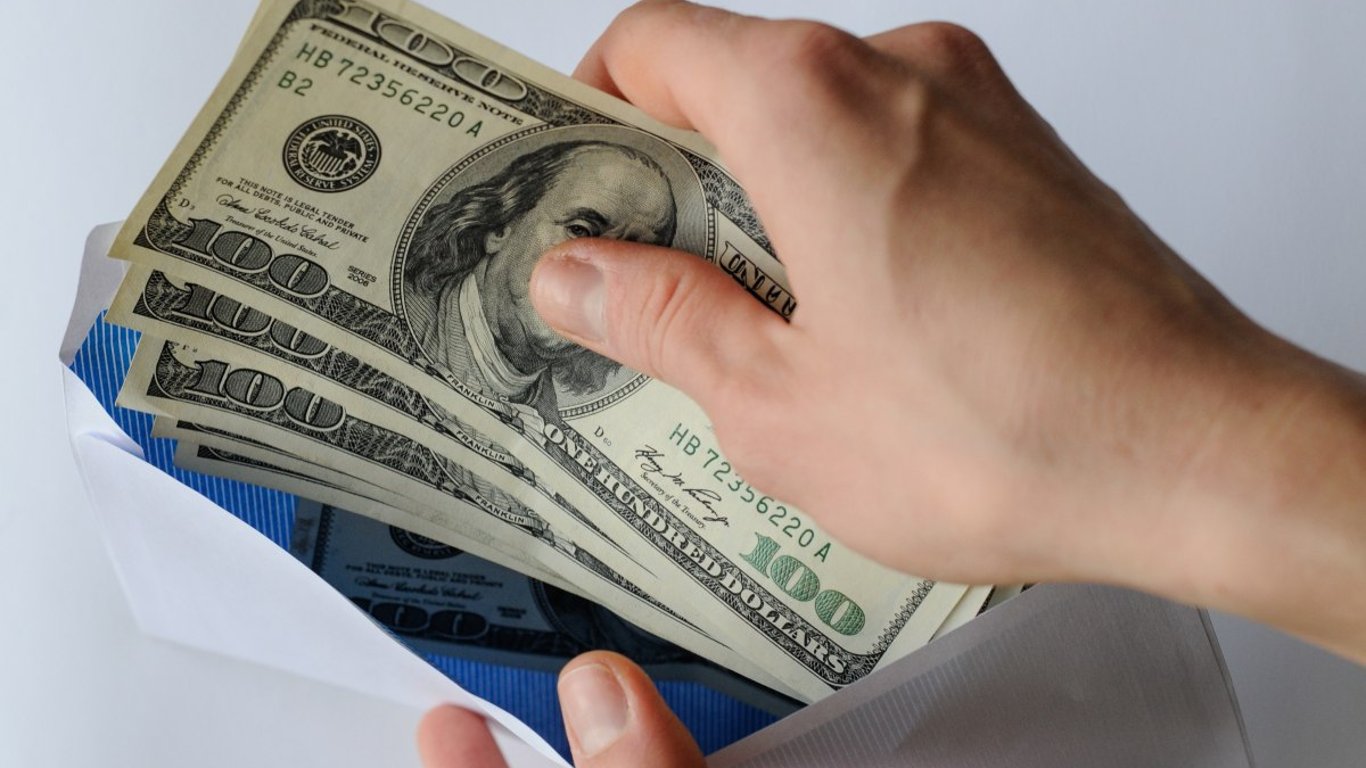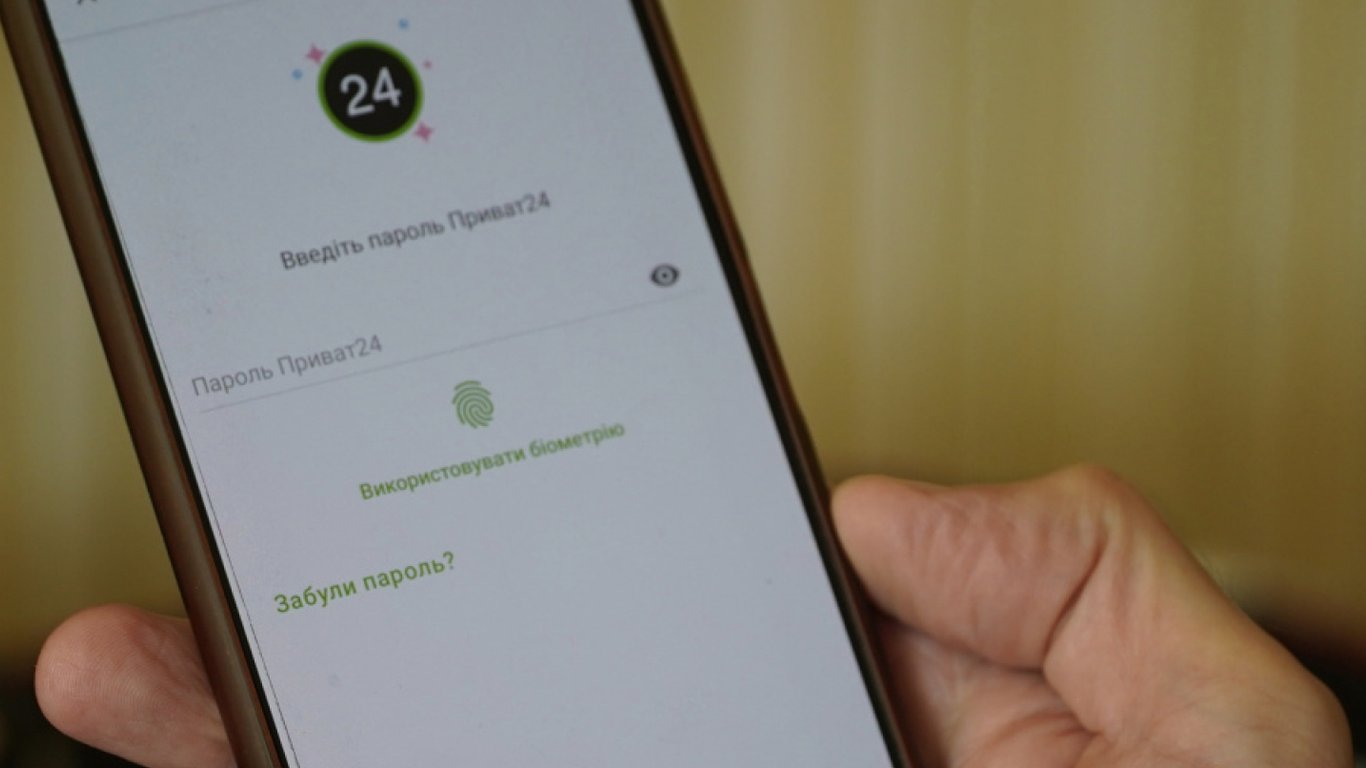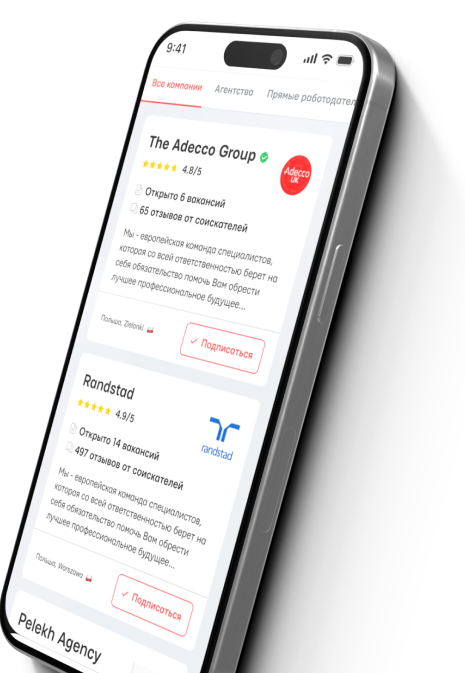How to Identify Counterfeits: Key Signs of a Fake 100-Dollar Bill.


The issue of counterfeiting American dollars remains relevant in the world of finance, despite their constant security measures. Special attention is drawn to fake 100-dollar bills, which are widely used in international transactions.
According to the U.S. Department of the Treasury, between 70 to 200 million counterfeit dollars are in circulation worldwide. It is not difficult to detect counterfeits, as every ten-thousandth bill could be fake. However, the risk of encountering a counterfeit increases when dealing with large denominations.
Fake 100-dollar bills are particularly attractive to fraudsters due to their value and widespread use in international transactions. Criminals put a lot of effort into making counterfeits as similar as possible to the original by imitating security features.
Key Methods for Authenticity Verification:
The first step in verifying authenticity is a visual inspection. Genuine bills have a textured surface, while counterfeits are usually smooth. The clarity of details and the quality of printing may also differ.
Real 100-dollar bills have special ink that changes color when viewed from different angles. This effect is very difficult to counterfeit.
Under UV light, you can see a watermark and a security thread with microtext 'USA 100'. Under ultraviolet lighting, they glow pink.
New 100-dollar bills have a blue 3D security ribbon that demonstrates a moving effect when tilted.
Genuine bills have microprinting that is visible under a magnifying glass. This type of printing is nearly impossible to counterfeit.
Warning Signs:
Suspicious signs to look out for when checking bills:
- Unusual paper texture.
- Unnatural colors.
- Lack of color-changing effect.
- Poor visibility or absence of a watermark.
- Security thread printed on the surface.
- Identical serial numbers on different bills.
Quick Verification Methods:
- Tactile inspection of printing texture.
- Visual inspection of the color-changing effect of the number 100.
- Viewing against the light to check for the watermark and security thread.
- Checking the dynamic effect of the 3D ribbon on new bills.
It is important to remember that no method can guarantee 100% authenticity. In case of doubts, it is recommended to consult professionals or use professional equipment for verification.
Despite the complexity of counterfeiting, knowledge of key signs of authenticity and ongoing vigilance are crucial factors in protecting against fake bills. In case of doubts, it is advisable to contact a bank or law enforcement for verification.
Read also
- Koreans will build a waste incineration plant in Odesa - what are the timelines
- Problematic dollars — which banknotes cannot be exchanged
- Discounts on products up to 55% — what is offered at Silpo significantly cheaper
- Impressive in price and high demand — which silver grade is the most expensive
- Housing in the largest district of Kyiv — where to buy a one-bedroom apartment at a good price
- PrivatBank Commissions - How Much Do Transaction Notifications Cost









